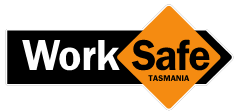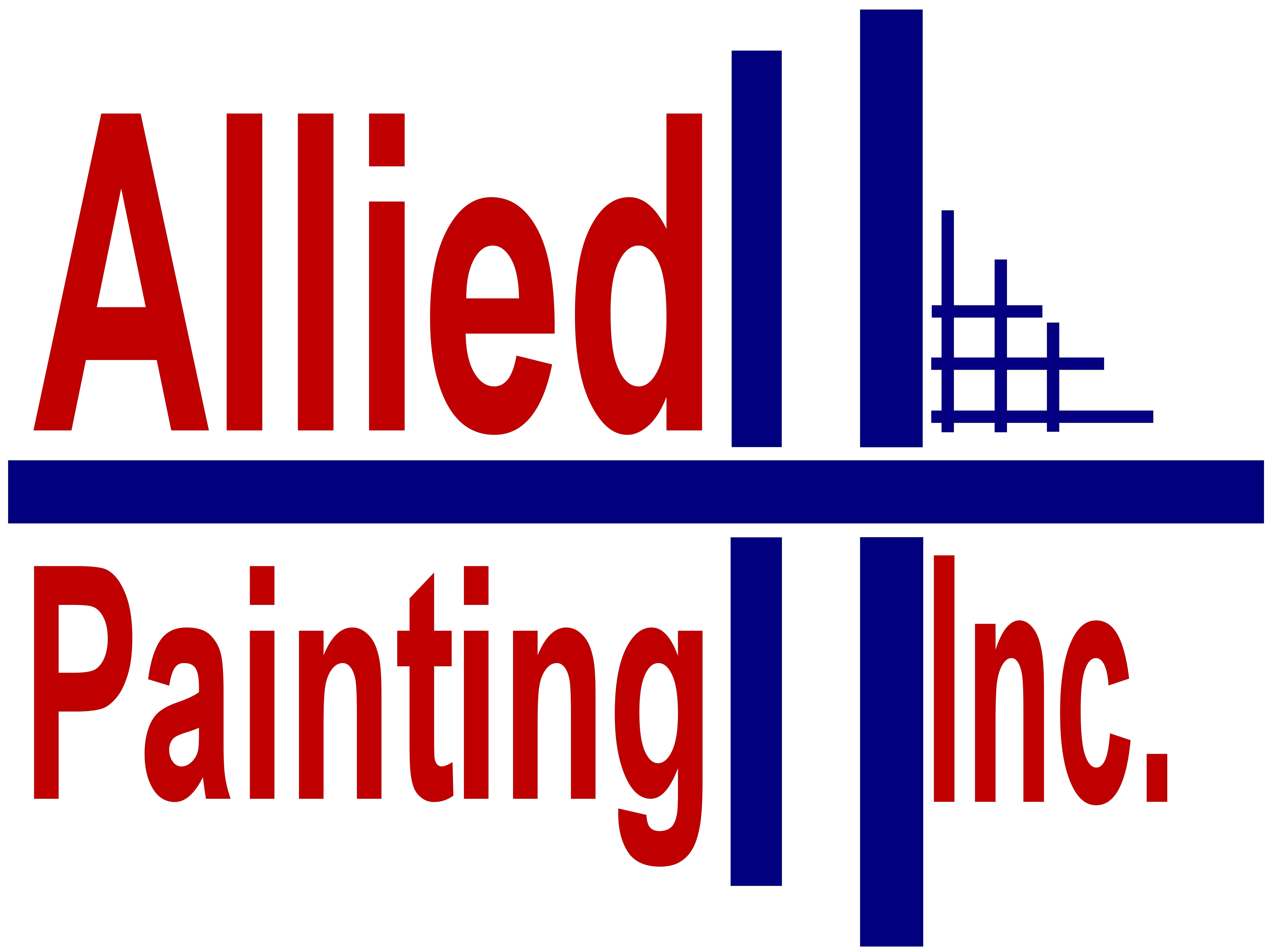Title Page
-
Site
-
Conducted on
-
Prepared by
-
Location
Identifying risks at construction sites
-
Employers must identify the level of risk to the health of employees from exposure to COVID-19 at their workplace.
This must be done in consultation with health and safety representatives (HSRs), if any, and employees, so far as is reasonably practicable.
Select YES if Some activities that may pose a risk of exposure to COVID-19 include: -
•travelling in personnel hoists and lifts
-
•work that requires employees to be in close contact with others
-
•using shared tools or equipment
-
•sharing facilities such as bathrooms, kitchens and communal break areas.
Controlling risks
-
Employers have a duty to provide and maintain, so far as is reasonably practicable, a working environment that is safe and without risks to the health of employees. This includes preventing, and where prevention is not possible, reducing risks to health or safety associated with potential exposure to COVID-19.
Screening
-
Employers should implement a screening process to minimise the introduction of COVID-19 to an construction site.<br><br>For example, by asking employees entering the site at the start of their shift if they have travelled, been in contact with any confirmed cases of COVID-19 or if they have flu-like symptoms.
-
To ensure person-to-person contact is minimised, screening should be done over the phone or by other non-contact methods.
Workplace mapping
-
In the event of an employee being confirmed as having COVID-19, those who are potentially affected need to be quickly identified.
Employers should implement processes to record the schedule and work locations for employees (including contractors), that enables tracing of those who have come into contact with the confirmed case.
The record should include: -
•day and time work was undertaken
-
•members of teams that worked together
-
•specific work area on the construction site
-
•any breaks taken, including time and location.
-
Movement between sites, or areas within large sites, should be minimised as much as possible.
-
Where attending multiple sites is necessary (eg for HSRs, first aiders, emergency wardens) movement between sites should be recorded in the workplace mapping.
Physical distancing
-
Physical distancing of at least 1.5 metres should be implemented wherever possible. Employers should consider each work task and whether there is a safe alternative way to undertake the work with an increased distance between employees
-
•Mark safe distances in work, transit and break areas (eg on floors and walls).
-
•Consider different shift patterns to minimise the number of employees onsite (eg AM/PM shifts).
-
•Stagger start times, breaks and finish times to avoid congestion in high traffic areas and minimise employees coming into contact with each other as they move around the site.
-
•Plan for how physical distancing will be maintained during inclement weather (eg use of lunch or crib rooms and amenities).
-
•Install temporary physical barriers (eg fences, screens) between work areas, where appropriate.
-
Where it is not possible to undertake work tasks and maintain physical distancing, other control measures need to be implemented. For example:
-
•Minimise the number of person to person interactions that need to be completed within 1.5 metres.
-
•Minimise the number of individuals involved in activities that need to occur within 1.5 metres of each other.
-
•Provide personal protective equipment (PPE) (eg gloves, masks, glasses).
-
More information about the safe use of PPE is set out below.
-
Where essential work activities need to be undertaken in restricted spaces (eg lift shafts, personnel hoists, lifts), the number of employees working in the space should be minimised.
Hygiene
-
Ensure all employees follow good hygiene practices, including washing hands frequently with soap and water for at least 20 seconds, covering coughs and sneezes, or coughing into their elbow or shoulder and avoiding touching eyes, nose or mouth.
-
Display hygiene information in prominent locations on the construction site such as tea rooms, site offices, toilets, foyers, lifts and site entrances.
-
Provide hand sanitiser at site entrances and exits, in all hoists, amenities and other high traffic areas of the site. Communicate with staff about hand sanitiser locations and encourage regular use.
-
Employers must ensure that employees have access to appropriate amenities. Employers should review and revise the number and locations of amenities, to reduce movement around the site.
Amenities need to include: -
•Hand washing facilities (whether permanent or temporary), such as a wash basin, clean running water, soap and paper towels, placed in strategic locations to ensure employees can access them in a timely manner.
-
•Access to hand sanitiser.
-
•Rubbish bins with touch-free lids (eg foot pedal bins).
-
•Thorough and regular sanitation.
-
•Appropriate waste management systems.
Shared tools, plant and equipment
-
Avoid the shared use of shared tools, plant and equipment wherever possible. For example, drop saws, drills, grinders, ladders or elevating work platforms should not be used by more than one person.
-
Where it is not possible to eliminate shared use:
-
•Provide cleaning products (eg alcohol spray or solution) where communal tools, plant and equipment are located.
-
•Keep cleaning products with tools, plant and equipment as they move around the site.
-
•Ensure all operators thoroughly wash or sanitise their hands before and after every use.
-
•Ensure all parts of tools, plant and equipment (eg including handles, handrails) are wiped down before and after use.
-
The shared use of phones, desks, offices, computers and other devices should also be avoided. Where this is not possible, these items should be regularly disinfected.
Cleaning
-
Thorough and regular cleaning needs to be undertaken of all:
-
•work areas
-
•transit areas (including personnel hoists and lifts)
-
•communal and meal break areas
-
•shared facilities (eg bathrooms and kitchens)
-
•shared equipment
-
Cleaning needs to be conducted in accordance with the DHHS information on cleaning and disinfecting for construction sites.
Personnel hoists
-
Employees using hoists and lifts may be at greater risk of exposure to COVID-19, because they are required to be in close contact with others and potentially contaminated surfaces.
Control measures to reduce the risk in personnel hoists should include systems of work, physical distancing, personal hygiene, PPE and cleaning.
It is acknowledged that not all hoists and lifts are identical in size or dimension, and have varying weight limits.
Where it is not possible to implement physical distancing measures in a personnel hoist, all other available control measures need to be used.
Control measures may include: -
Limiting employee movement between levels and floors on site, where it is possible and safe to do so.
-
Reviewing which hoists are available for use on site and identifying if additional hoists can be used (for example where a partially occupied building is under construction, consider whether a residential lift can be used solely for construction persons).
-
Physical distancing of 1.5 metres and hygiene systems to be followed when waiting for a hoist, particularly on floors where employee volumes may increase during peak times (start, break, finish times). For example the ground floor, floors with meal or break out spaces and floors with bathroom amenities. The diagram below shows how physical distancing should be implemented in hoist waiting areas.
-
Determine how many persons can use a hoist at any time (including hoist operator) taking into consideration the size of the hoist, limited duration and additional control measures in this guide.
-
Mark out hoist floors, identifying:
-
where employees stand
-
what direction they are to face when in the hoist to avoid face to face contact
-
sequencing of entering and exiting.
-
Mark the hoist waiting area at each floor to ensure physical distancing is maintained.
-
Regularly communicate and remind employees (eg through posters, digital displays):
-
appropriate positioning of persons and sequence of people entering
-
not to touch the walls or doors of the hoist
-
the cleaning regime in place.
-
During peak periods have systems in place to limit crowding of persons entering and exiting the work area. For example:
-
developing a schedule for use of the hoist
-
staggering which floors persons are able to use the hoists for.
-
Hoist operators may be exposed to additional risk. They should:
-
Be provided with PPE that protects them from person to person transmission and from touching contaminated surfaces (eg face shield or surgical mask/P2 respirator and glasses).
-
Perform frequent hand washing with soap and water or the application of hand sanitiser positioned within the hoist.
-
Where possible, change the hoist operator every two hours into a different role
Personal protective equipment
-
Employers must provide information, instruction and training on the safe use, decontamination, maintenance and disposal of any PPE provided.
Any PPE provided needs to be practical for the work environment (eg allowing the necessary visibility and mobility) and properly decontaminated or disposed of at the end of every shift.
Employers should monitor and encourage correct use of PPE, for example by providing information on posters and digital screens about: -
Washing or sanitising hands before putting PPE on, and putting face protection on before gloves.
-
Removing gloves before face protection, washing or sanitising hands after removing PPE and decontaminating or disposing of used PPE safely.
What do to if an employee has COVID-19
-
In the event of a suspected or confirmed COVID-19 case DHHS will contact the individual to identify the close contacts and the causal contacts. If the employee has attended their workplace while they were infectious and had close contact with other employees, DHHS will contact the employer.
Employers should establish a response plan and procedure for suspected and confirmed cases, which should include -
Consultation and communication arrangements with employees and contractors, including making sure contact details are up to date.
-
Maintain workplace mapping information.
-
Identify site locations for cleaning and disinfection.
-
Implement an appropriate cleaning and disinfection regime, which should be overseen by a competent person, for example, an occupational hygienist.
-
The competent person should advise that the cleaning and disinfection regime has occurred for re-entry to the affected areas.
-
Provide employees and contractors with relevant information prior to re-entering the site and resuming work.
-
Review and revise systems to ensure risks are effectively controlled, in consultation with HSRs and employees.
Ensure employees know what to do
-
If an employee develops symptoms of COVID-19 they should isolate themselves immediately, call the coronavirus information line on 1800 675 398 and follow the self-isolation guidance available on the DHHS website.
An employer's duty to eliminate or reduce risks associated with exposure to COVID-19 so far as is reasonably practicable includes ensuring that -
employees know what to do or who to notify if they feel unwell or suspect they've been infected, according to the information provided by DHHS (see link below)
-
any unwell employee does not attend the workplace, including employees who have been tested for COVID-19 or who are confirmed COVID-19 cases
Legal duties
-
Employers have duties under the OHS Act, which include that they must, so far as is reasonably practicable:
-
Provide and maintain a working environment that is safe and without risks to the health of employees and independent contractors.
-
Provide adequate facilities for the welfare of employees and independent contractors.
-
Provide such information, instruction, training or supervision to employees and independent contractors as is necessary to enable those persons to perform their work in a way that is safe and without risks to health.
-
Monitor the health of their employees.
-
Monitor conditions at any workplace under their management and control.
-
Provide information concerning health and safety to employees, including (where appropriate) in languages other than English.
-
Ensure that persons other than their employees are not exposed to risks to their health or safety arising from the conduct of the employer’s undertaking.
-
Consult with employees and HSRs (if any), on matters related to health or safety that directly affect, or are likely to directly affect them.
-
Regardless of whether or not they are an "employer" for the purposes of the OHS Act, a person with management or control of a workplace must ensure, so far as is reasonably practicable, that the workplace and the means of entering and leaving it are safe and without risks to health.
Employees also have duties under the OHS Act, which includes that they must: -
Take reasonable care for their own health and safety and that of persons who may be affected by their acts or omissions at a workplace.
-
Co-operate with their employer with respect to any action taken by the employer to comply with a requirement imposed by or under the OHS Act.
Sign Off
-
Prepared by




















